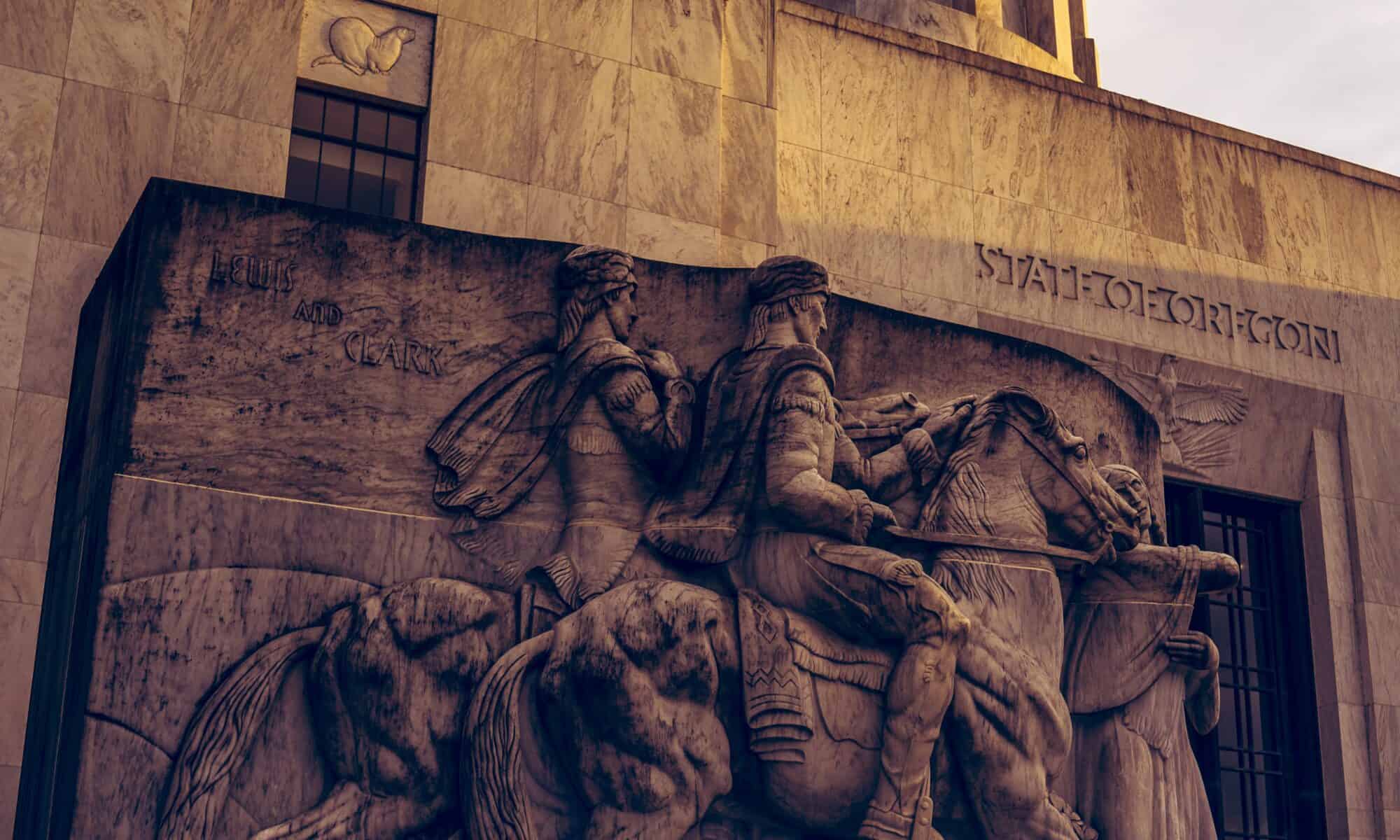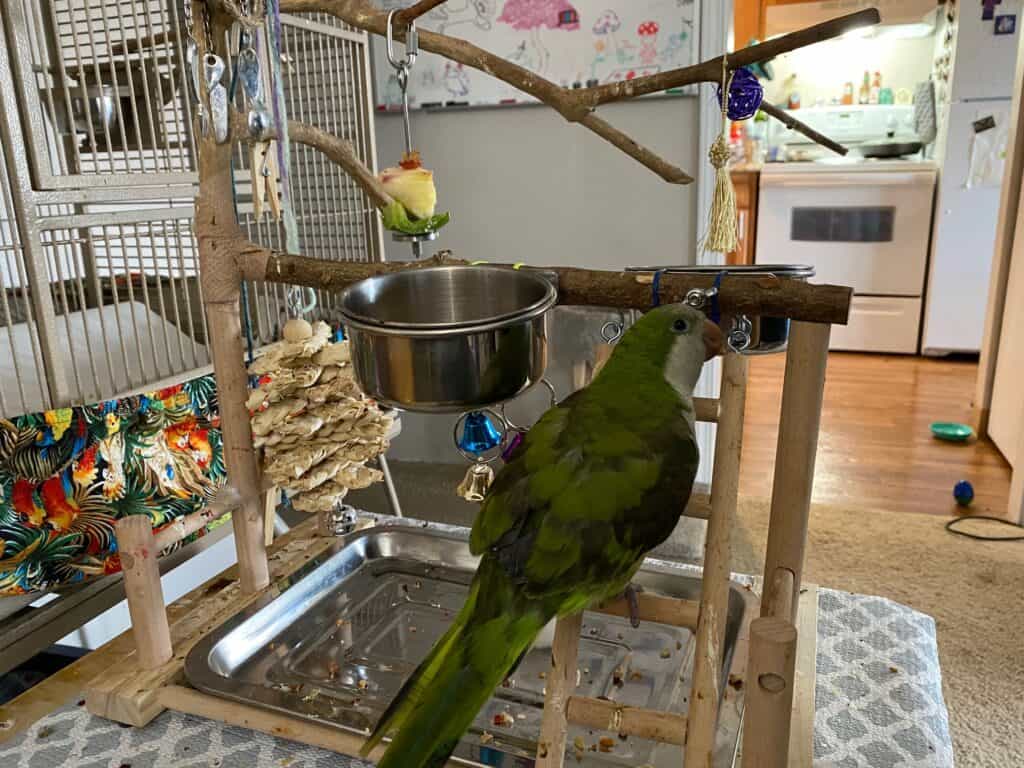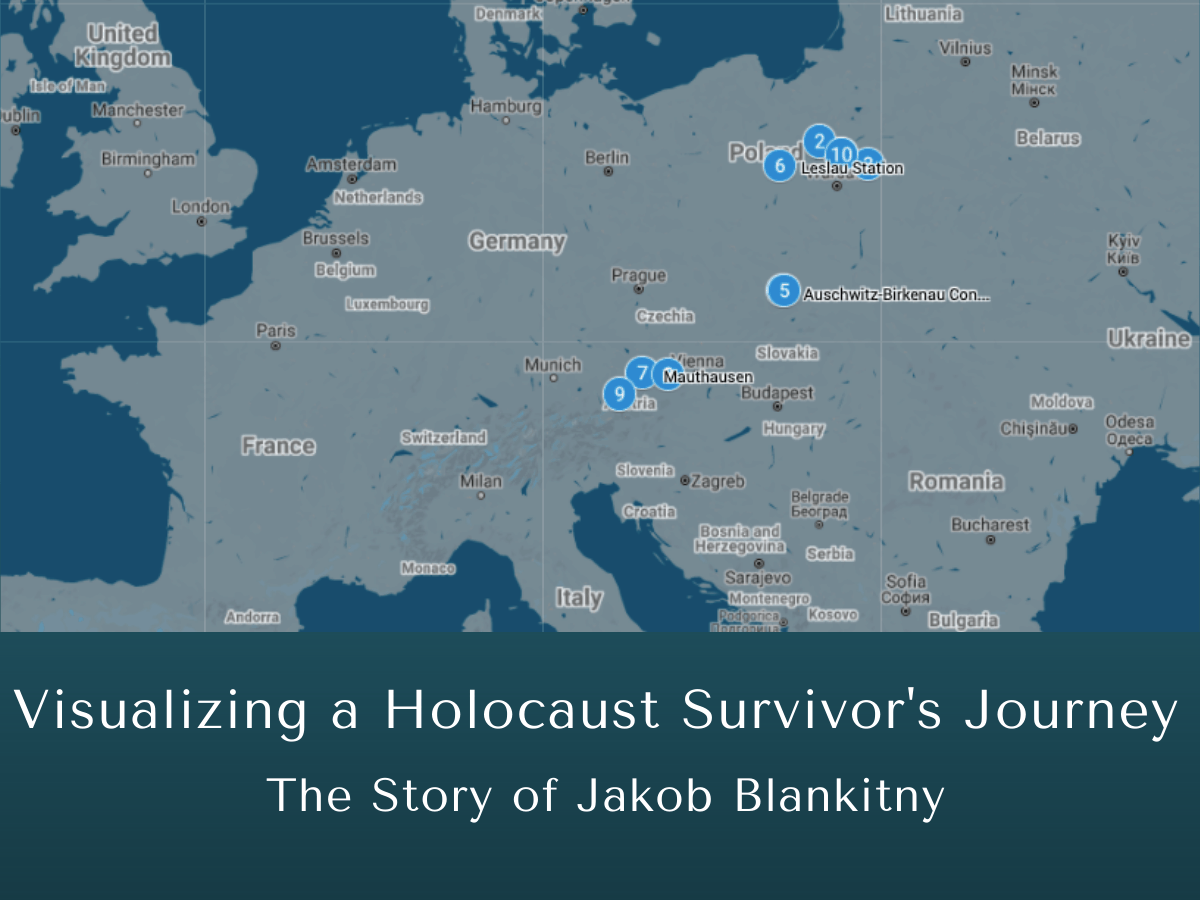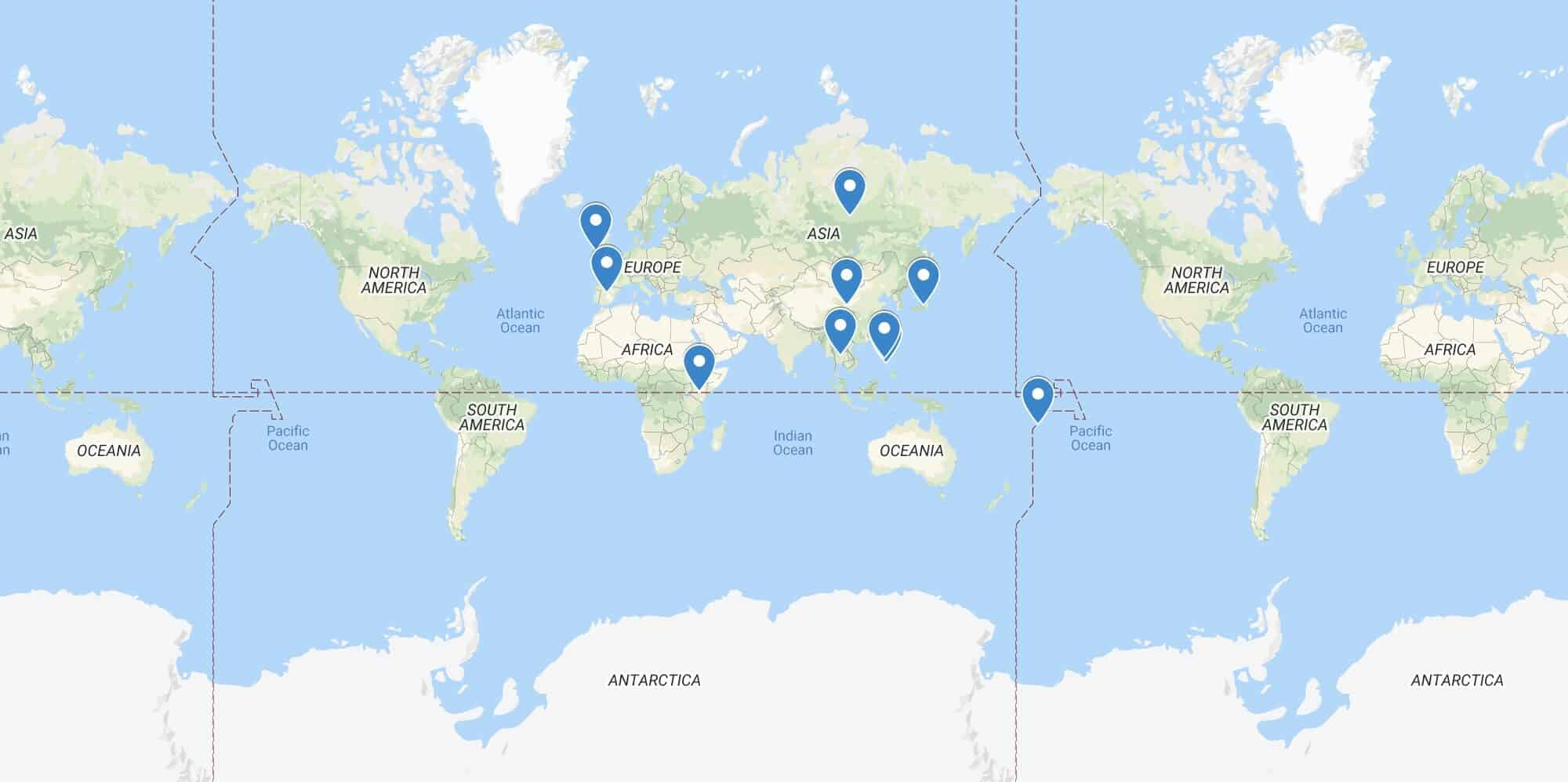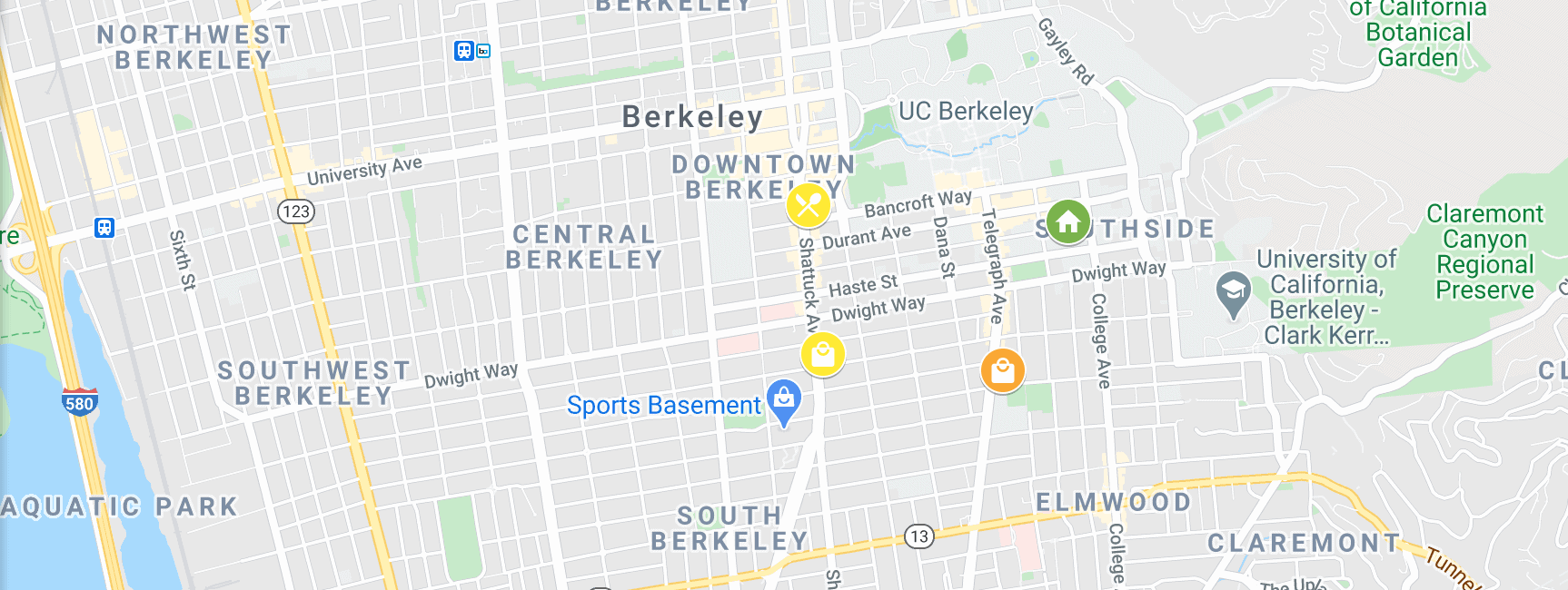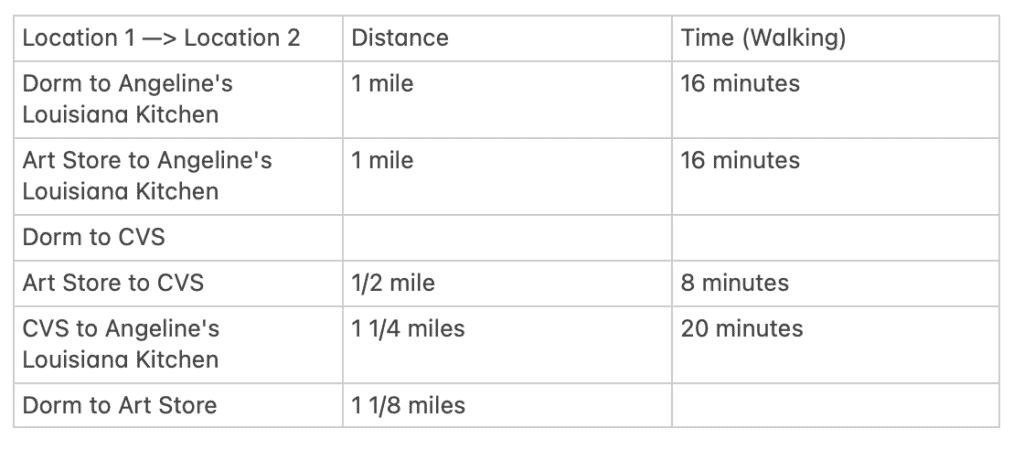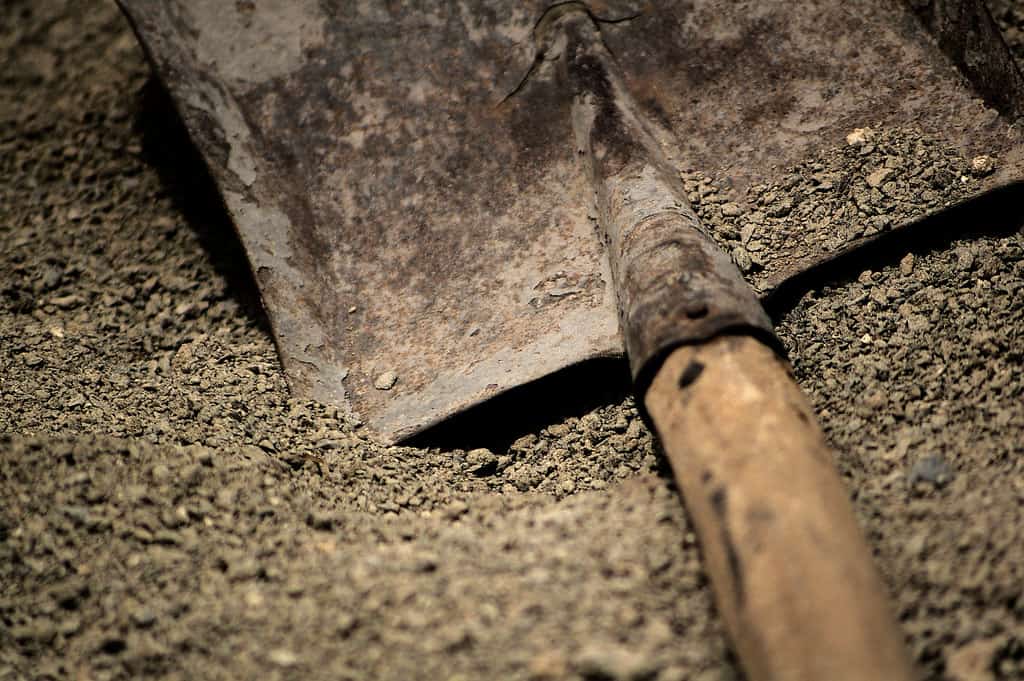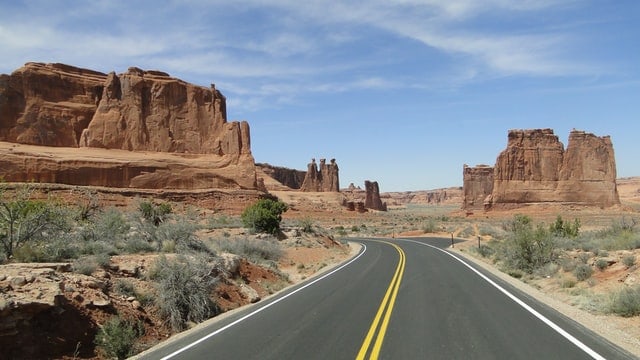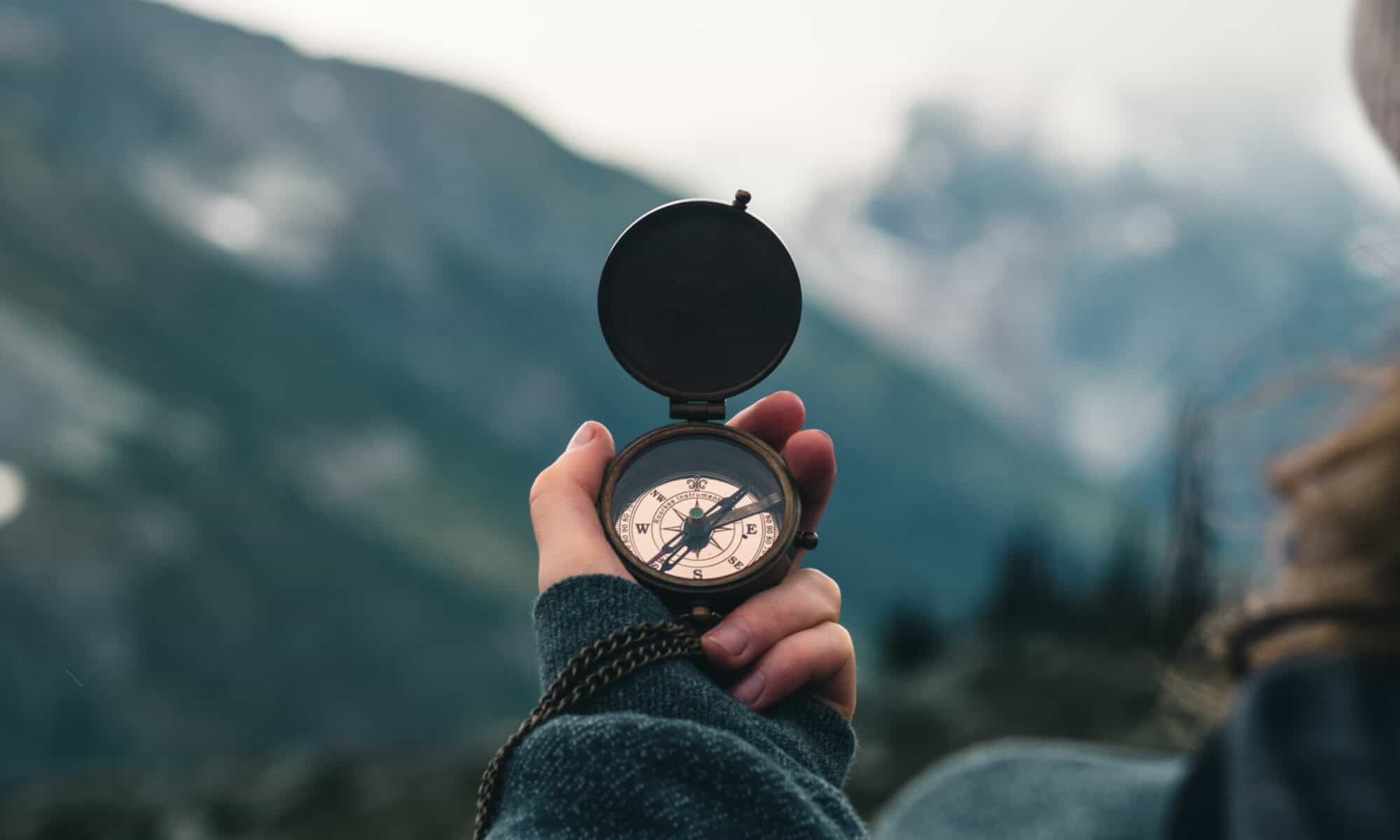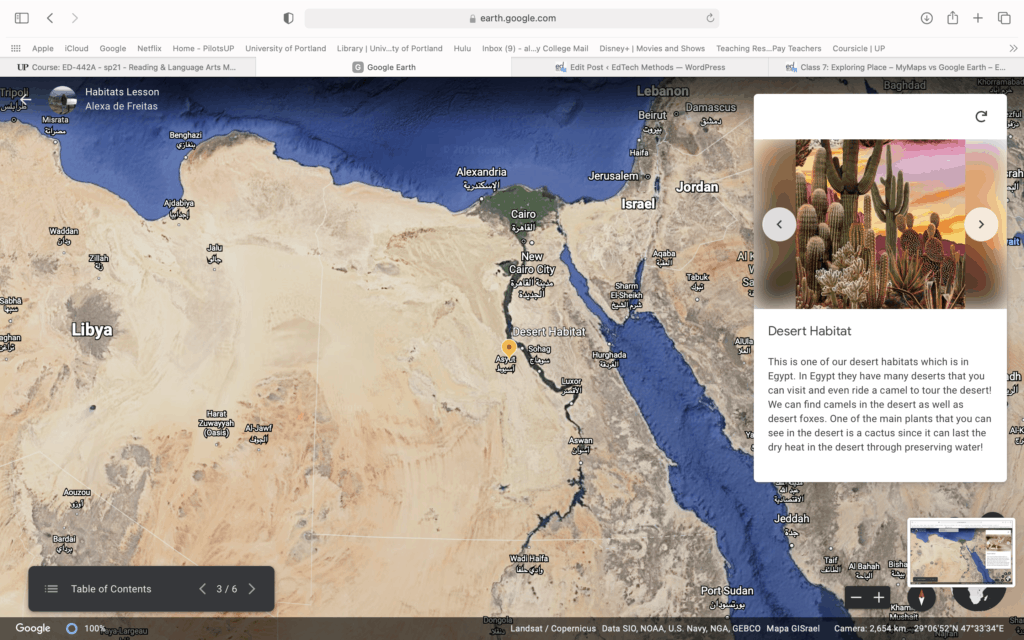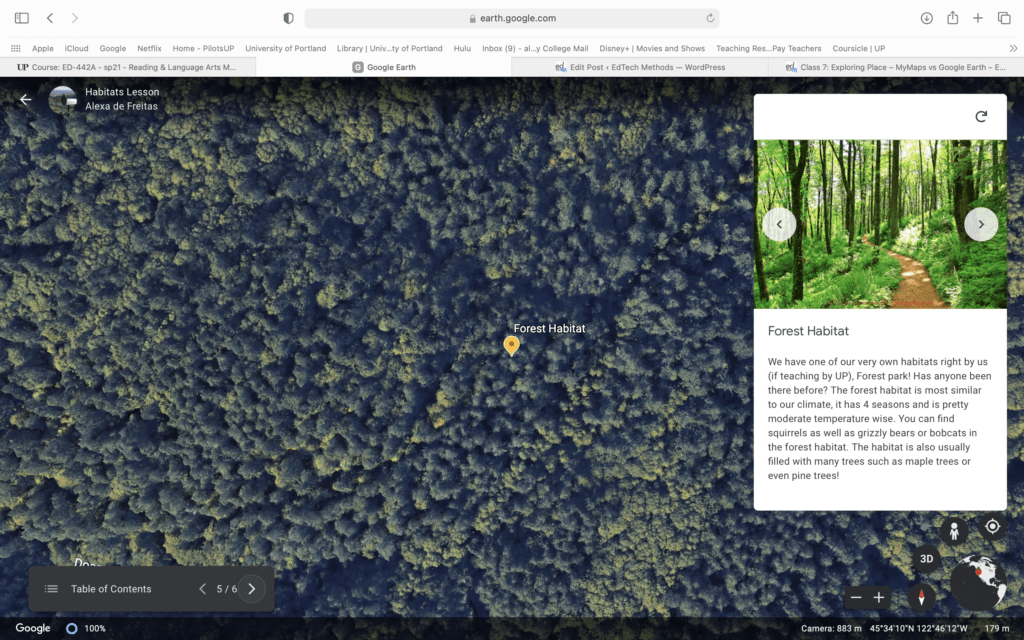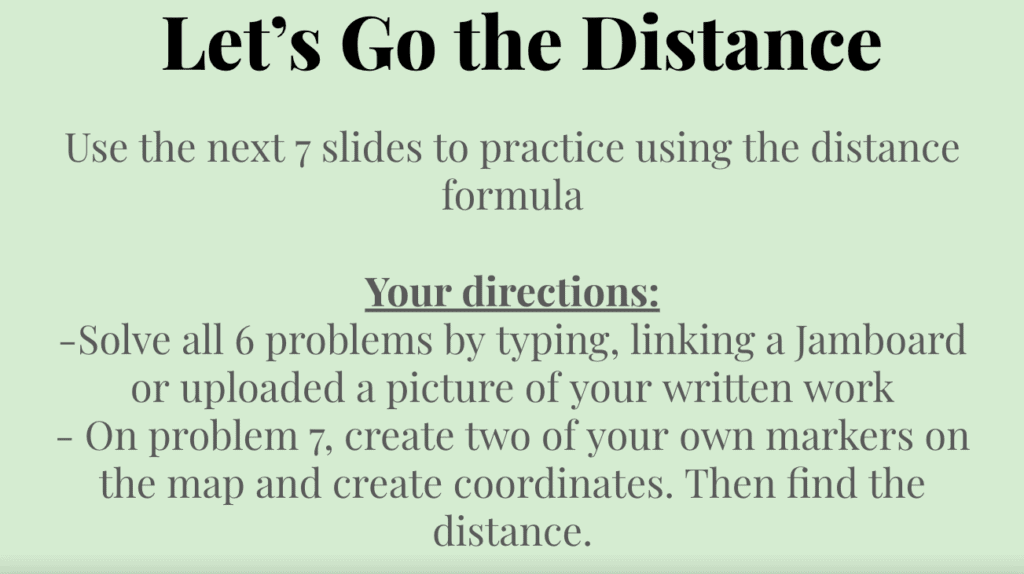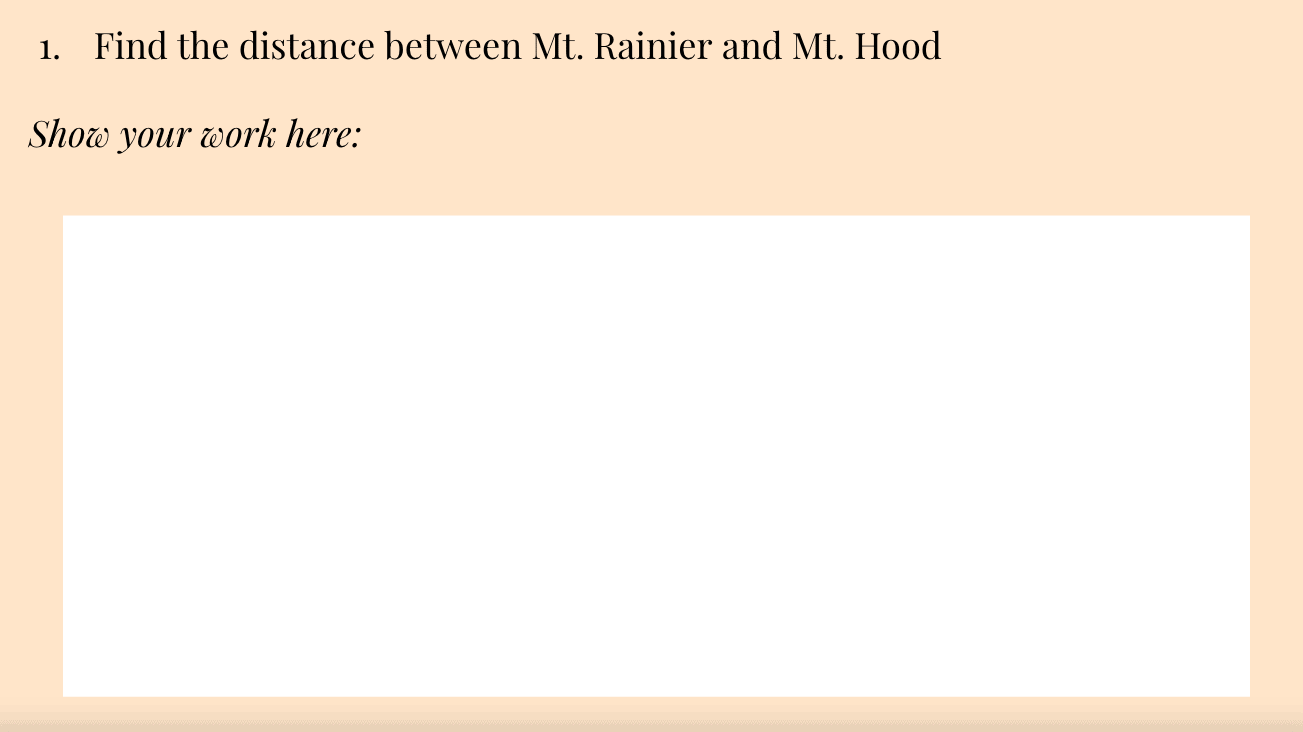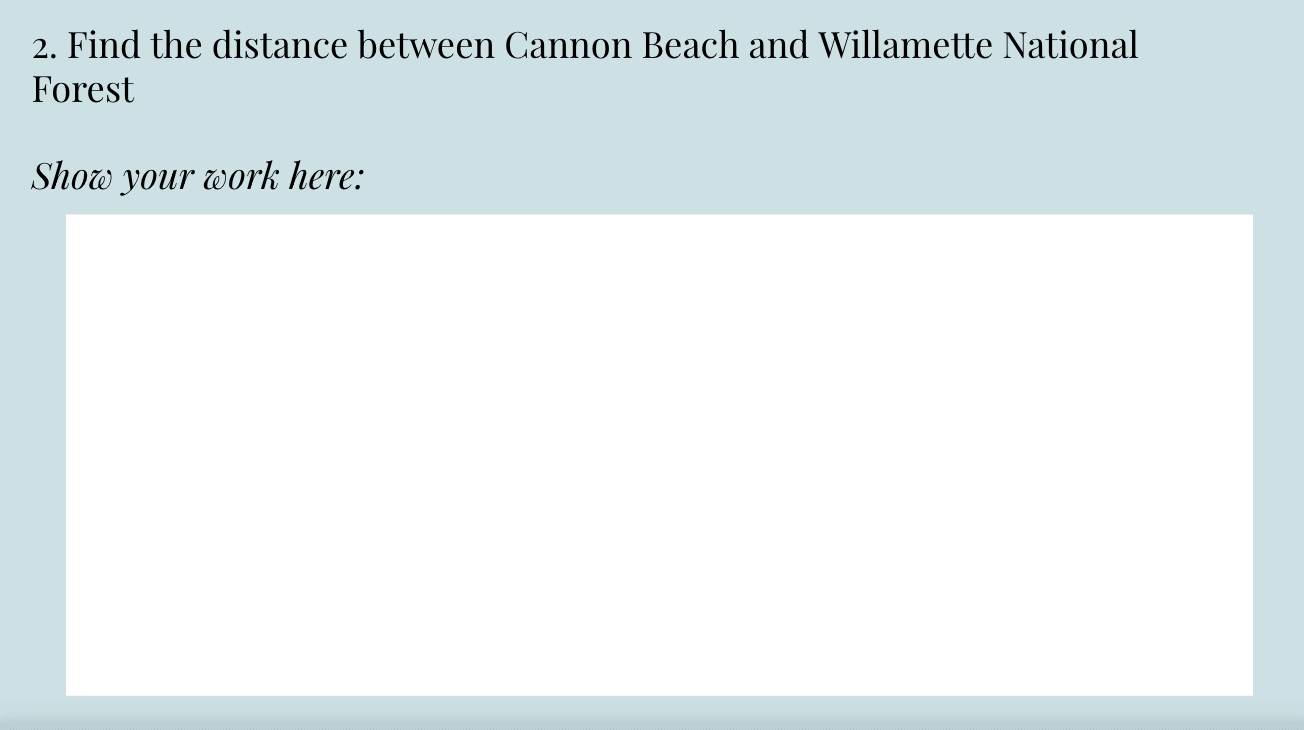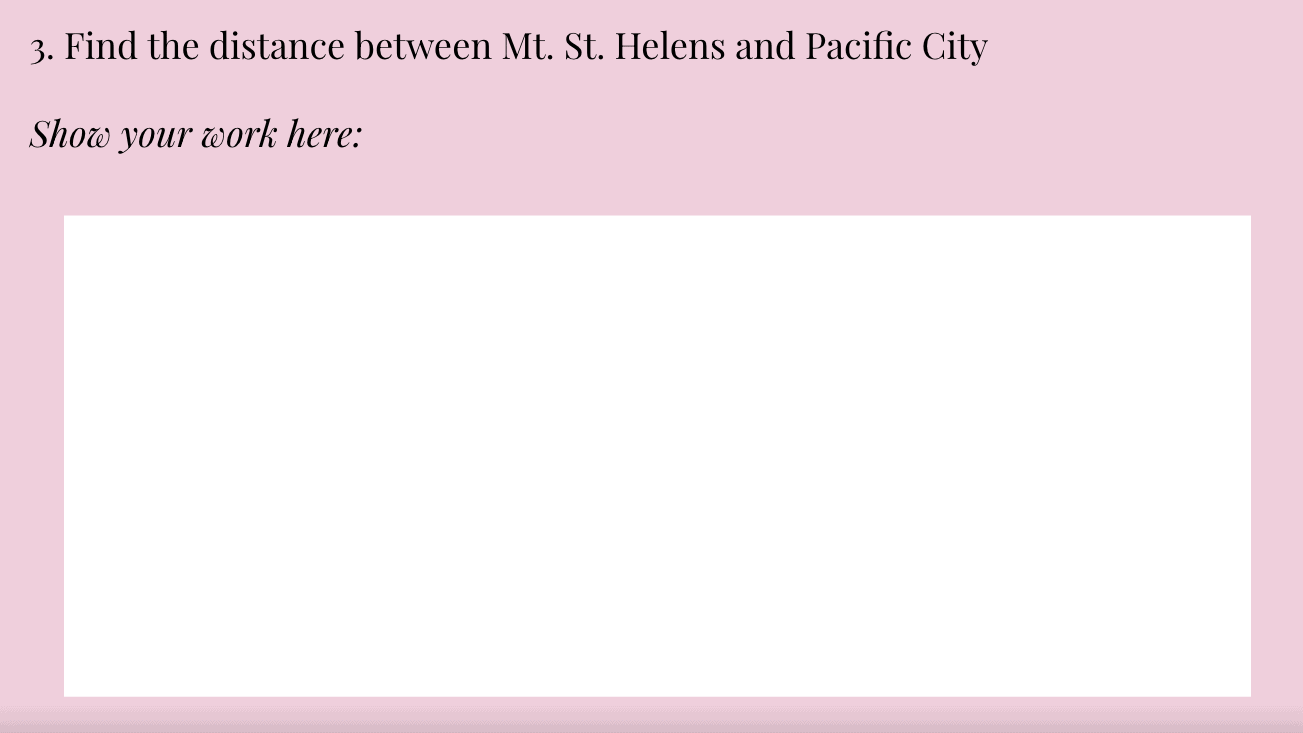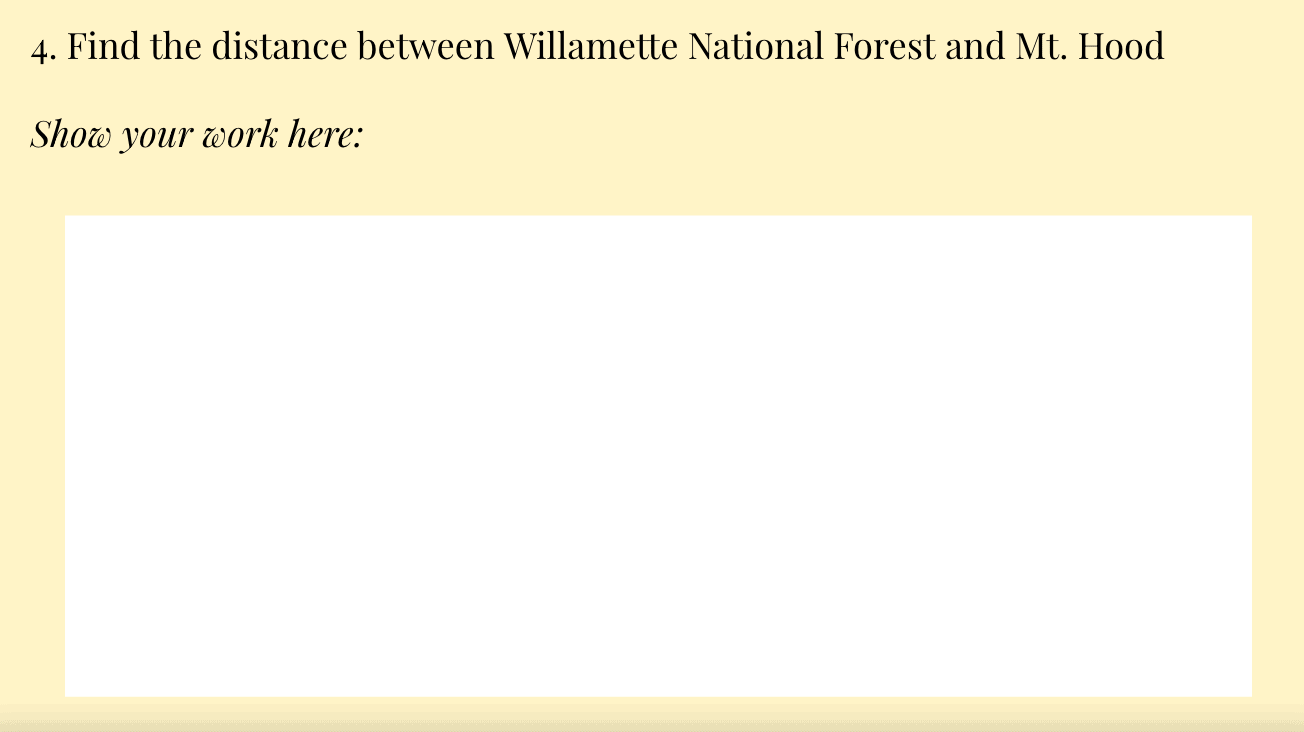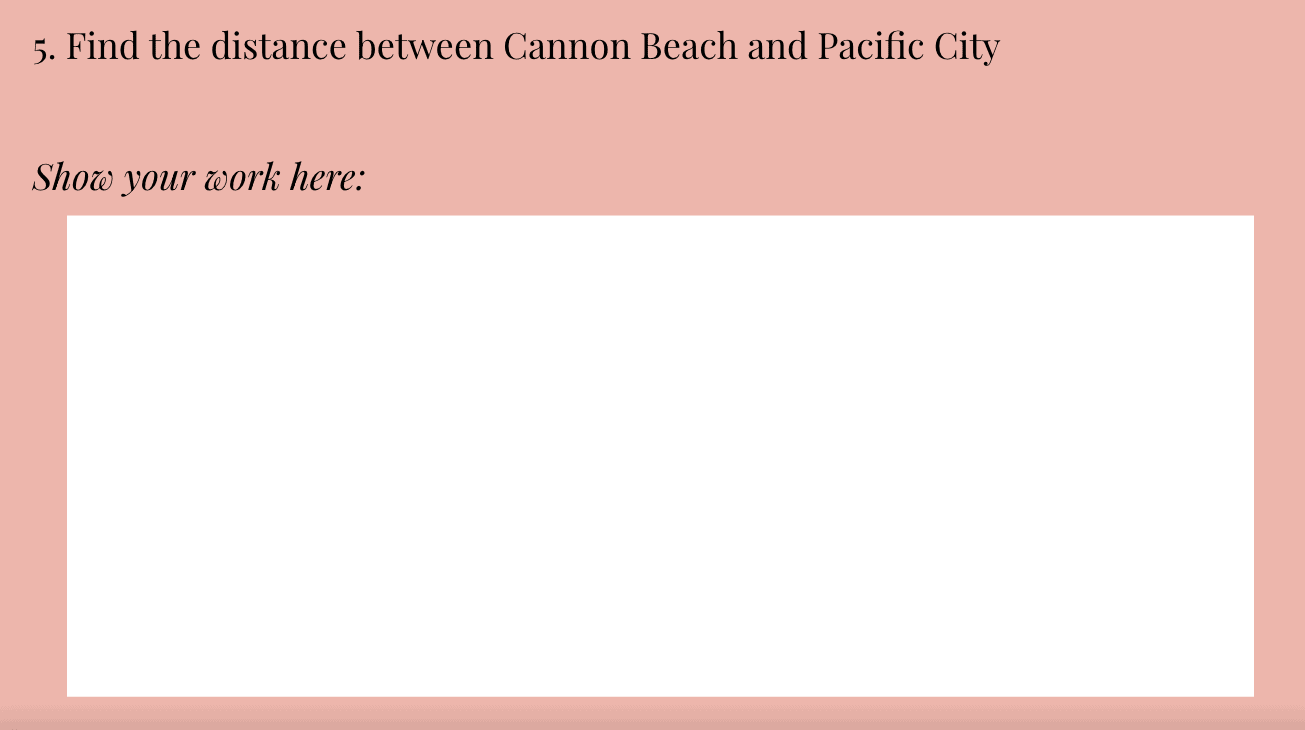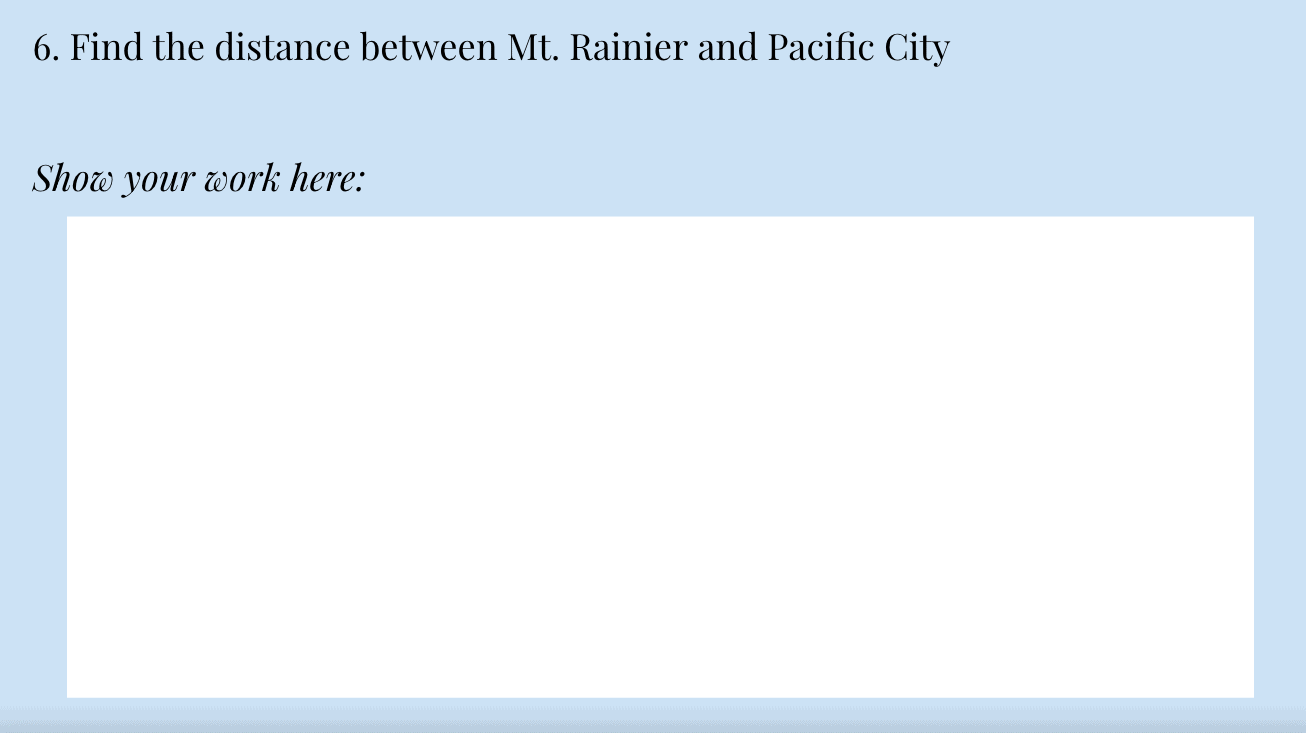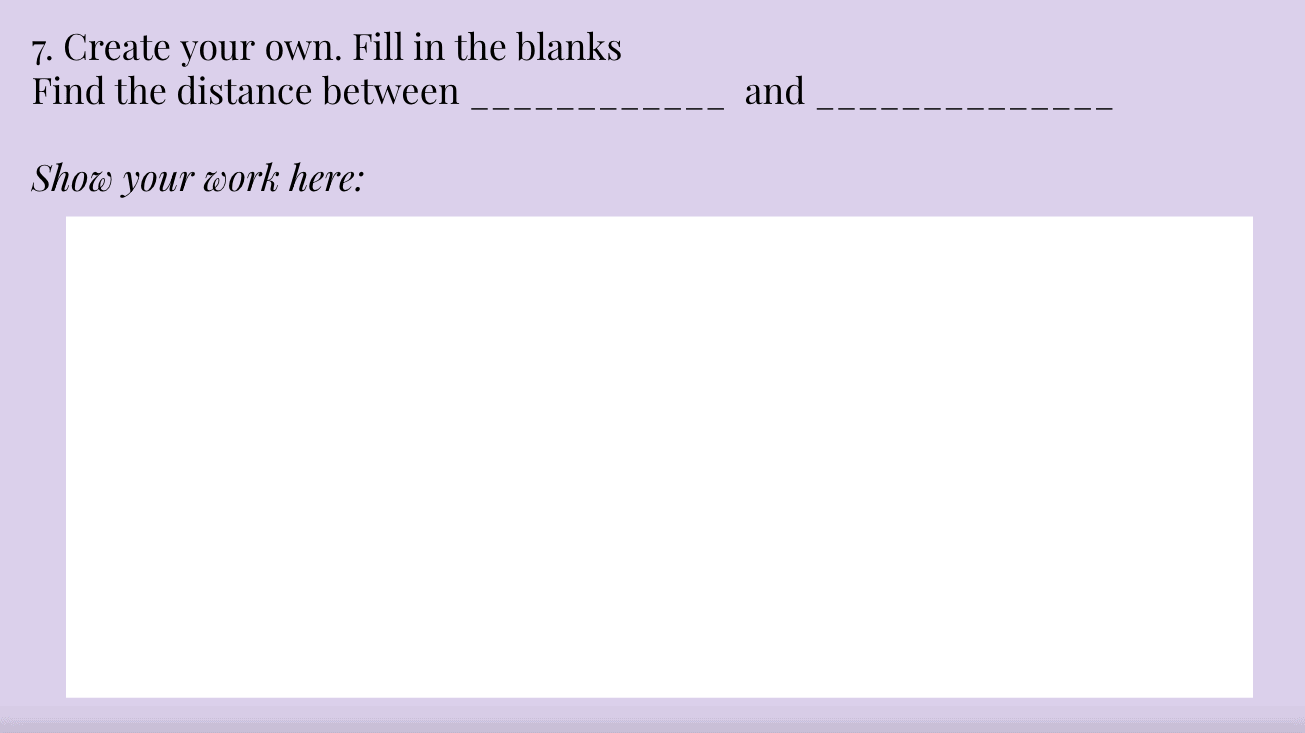This activity using Google MyMaps is focused on the capitals of Spanish speaking countries. This is ideally for an upper level Spanish class as they will be making observations about the countries capital and reporting to the class about their “day” in the city.
Instructions for Students:
Students will be asked to select the capital of a Spanish speaking country where they will be spending their ideal day. They will use Google MyMaps to report on what they saw in their capital and show us exactly where they went. They will report on historical landmarks, architecture, art, and whatever else they find key to experiencing a day in the life in their capital by using MyMaps to take us on their virtual tour.
Goals:
The goal of this unit is to immerse students in Spanish speaking countries in the most authentic way possible. Student will be able to explore the differences in architecture and historic sites compared to the United States by using MyMaps to take them on a tour for a day. They will be able to add photos of their landmarks and show us where they went and what they learned in an interactive way and could explore others work by using a map for the whole class.


